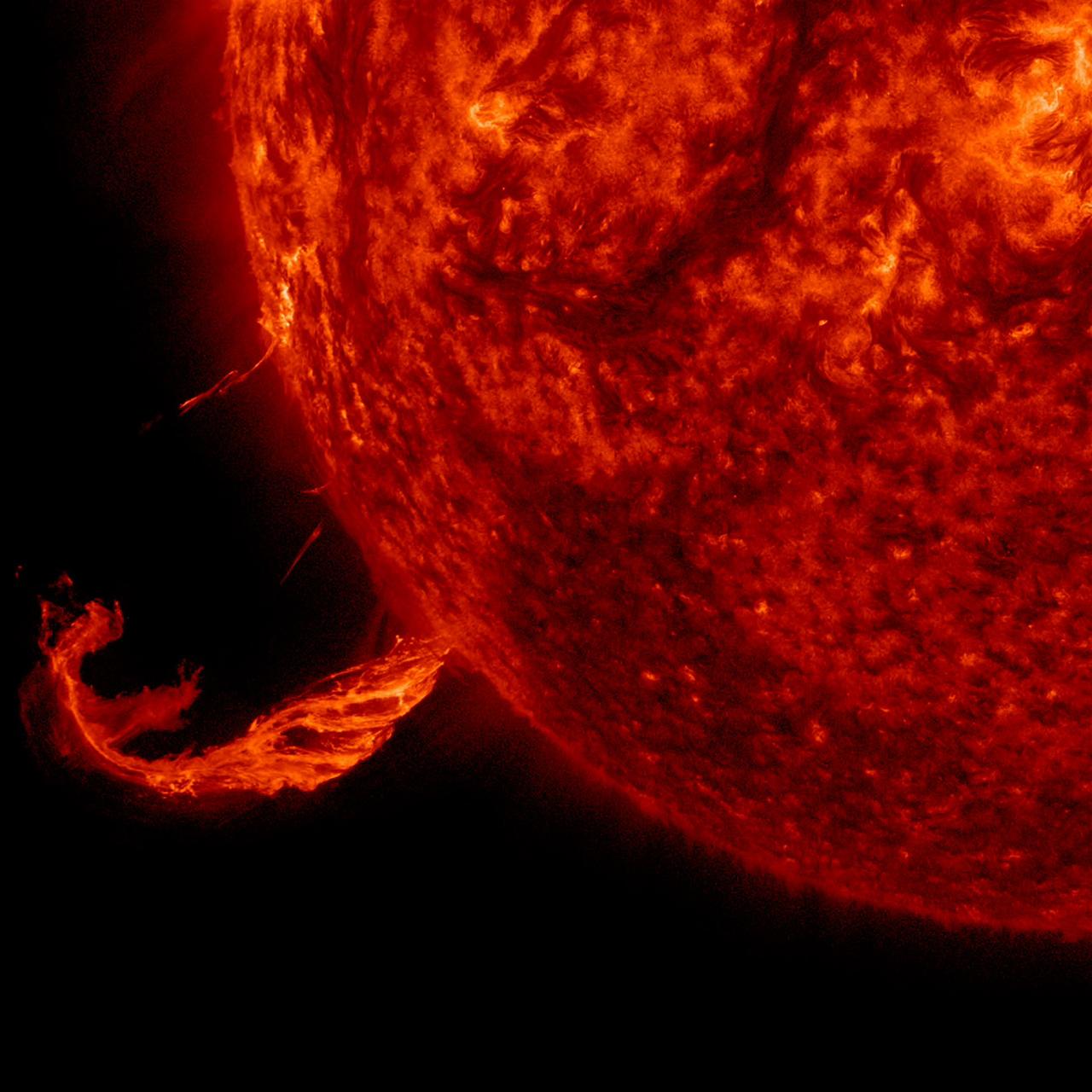New computer models can help protect Earth against dangerous solar storms, scientists say
New modeling techniques could help scientists predict solar storms, and better understand radiation around black holes.

Your support helps us to tell the story
From reproductive rights to climate change to Big Tech, The Independent is on the ground when the story is developing. Whether it's investigating the financials of Elon Musk's pro-Trump PAC or producing our latest documentary, 'The A Word', which shines a light on the American women fighting for reproductive rights, we know how important it is to parse out the facts from the messaging.
At such a critical moment in US history, we need reporters on the ground. Your donation allows us to keep sending journalists to speak to both sides of the story.
The Independent is trusted by Americans across the entire political spectrum. And unlike many other quality news outlets, we choose not to lock Americans out of our reporting and analysis with paywalls. We believe quality journalism should be available to everyone, paid for by those who can afford it.
Your support makes all the difference.Highly energetic particles released during solar storms, a type of radiation, can be hazards to electronics and astronauts, but scientists may now have better tools for predicting when these outbursts will occur.
A new study conducted by Columbia University researchers demonstrates a supercomputer model that will help scientists better understand how these energetic particles form in the Sun, and are expelled and accelerated toward the Earth.
“This exciting new research will allow us to better predict the origin of solar energetic particles and improve forecasting models of space weather events, a key goal of NASA and other space agencies and governments around the globe,” Columbia astrophysicist and study co-author Luca Comisso said in a statement.
The Sun’s atmosphere is a turbulent swirl of hot gas and powerful magnetic fields. When these magnetic field lines get exceptionally twisted, they can break, flinging energized particles and magnetic fields into space in a coronal mass ejection or solar flare event.
Sometimes the charged particles and magnetic fields hit Earth and generate a geomagnetic storm. Depending on the intensity, such storms can lead to bright auroras at the poles, to the disruption of radio and satellite communications, and even pose a direct threat to spacecraft and astronauts themselves, at the highest intensities.
But predicting when solar storms that generate solar flares and coronal mass ejections has been difficult.
But in work published Tuesday in The Astrophysical Journal Letters, Dr Comisso and his co-author Columbia astrophysicist Lorenzo Sironi detail their work with a super computer model that can simulate the turbulent atmosphere of the Sun, where gas is so hot, it exists as plasma, a soup of electrons stripped of their atoms and the charged ions that remain of those atom’s nuclei. The new model can simulate the behavior of individual particles in that dynamic environment.
By using the new supercomputer model along with data from missions such as Nasa;s Solar Parker p’robe, which is currently making extremely close passes of the Sun to learn more about its atmosphere, Drs Comissio and Sironi believe it will be possible to better understand how, why, and when solar storms will occur, which could help provide early warnings.
At the same time, they said, their findings could be used to better understand the behavior of highly energetic particles all over the universe.
“Our results center on the sun but can also be seen as a starting point to better understanding how high-energy particles are produced in more distant stars and around black holes,” Dr Comisso said in a statement. “We’ve only scratched the surface of what supercomputer simulations can tell us about how these particles are born across the universe.”
Join our commenting forum
Join thought-provoking conversations, follow other Independent readers and see their replies
Comments